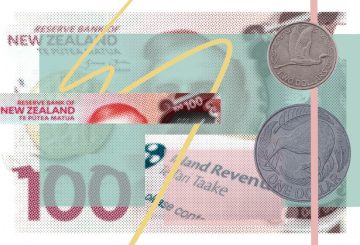네이피어의 주택 소유자들은 보험료 상승에 직면하고 있으며, 일부 주택 소유자들은 2023년 초에 사이클론 가브리엘이 닥친 이후 보험료가 세 배로 증가하고 있습니다.
테아라와에 거주하는 필립 돌의 보험료는 2,000달러에서 5,000달러 이상으로 인상되었으며, 최근 보험료는 8,000달러에 육박했습니다.돌은 혹스베이 지역 협의회에서 발행한 홍수 위험 지도를 분석한 후 자신의 고층 재산에 관한 중요한 정보가 누락되어 보험료가 인상되었다는 사실을 알게 되었습니다.
그는 비용의 급격한 증가에 대해 우려를 표하며 앞으로 비용이 얼마나 올라갈 수 있을지 궁금해했다.보험사에 연락한 후 그는 새 지도를 통해 자신의 재산이 홍수 및 해안 침수 위험이 높은 것으로 분류되어 있다는 사실을 알게 되었습니다.하지만 그는 자신의 진입로 중 극히 일부만이 지정된 위험 구역에 있다는 사실을 알게 되었습니다.
돌은 많은 주택이 재산의 극히 일부에 기반해 피해를 입었는데, 이는 불공평해 보인다고 지적했습니다.그는 안전을 위해 자신의 재산도 개선했지만 위험 지도를 작성해 시의회에 이의를 제기하라는 권고를 받았다.
그의 노력의 결과, 그와 인근 주택 200채 이상이 홍수 위험 지도에서 삭제되어 보험사는 돌의 보험료를 880달러 인하할 수 있었습니다.그는 많은 주택 소유주들이 요금 상승으로 어려움을 겪고 있기 때문에 보험사가 보험료를 책정할 때 사용하는 데이터에 대한 투명성이 필요하다고 강조했습니다.
보험 및 금융 서비스 옴부즈맨의 카렌 스티븐스 (Karen Stevens) 는 이 문제는 데이터 보험사가 의사 결정을 위해 의존하는 더 큰 문제 중 하나라고 말했습니다.그녀는 소비자들이 위험 매핑을 기반으로 한 증가에 대해 이의를 제기할 것을 권장했습니다.정확한 매핑이 중요하기는 하지만 개인의 재산 위험을 반영하지 못하는 경우가 많습니다.
Stevens는 기후 변화에 대한 우려로 인해 위험 평가를 위한 현지 기관 지도 작성에 대한 의존도가 달라졌다는 점을 인정했습니다.그녀는 자신의 어려움이 다른 사람들에게 더 나은 결과를 가져올 수 있다고 생각했던 돌처럼 주택 소유자들에게 자신의 위험을 이해하고 자신의 평가가 정확하지 않다고 생각되면 조치를 취하라고 촉구했습니다.






























































